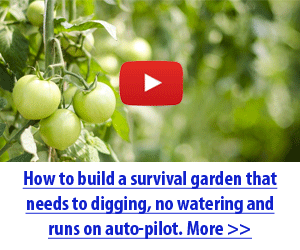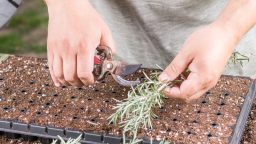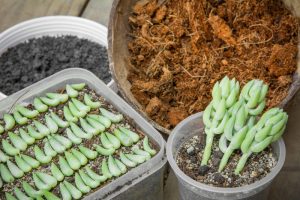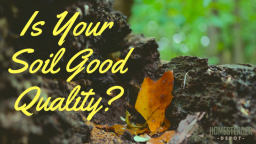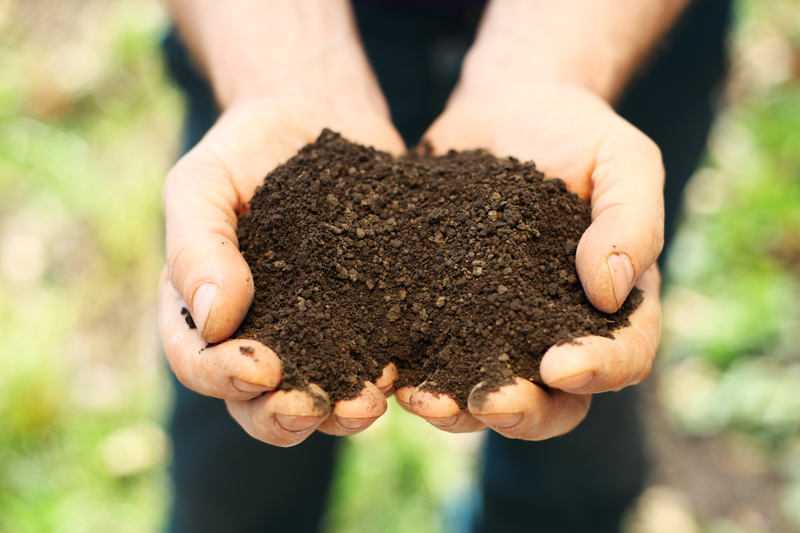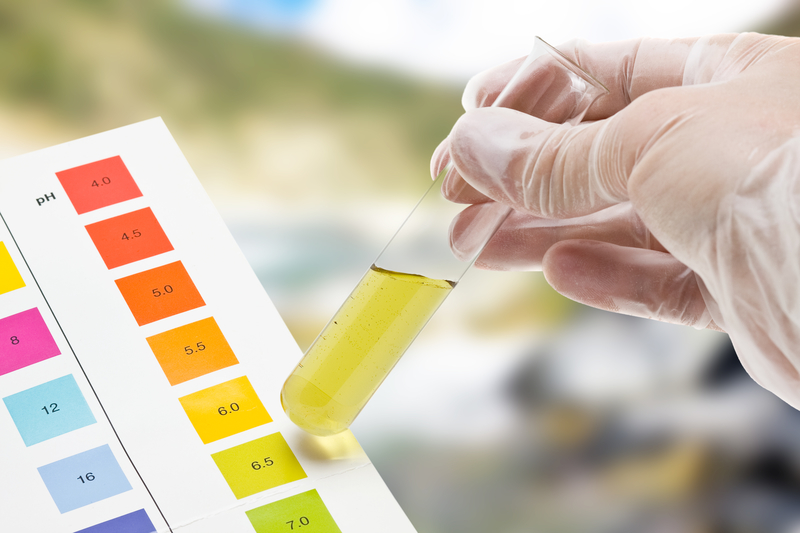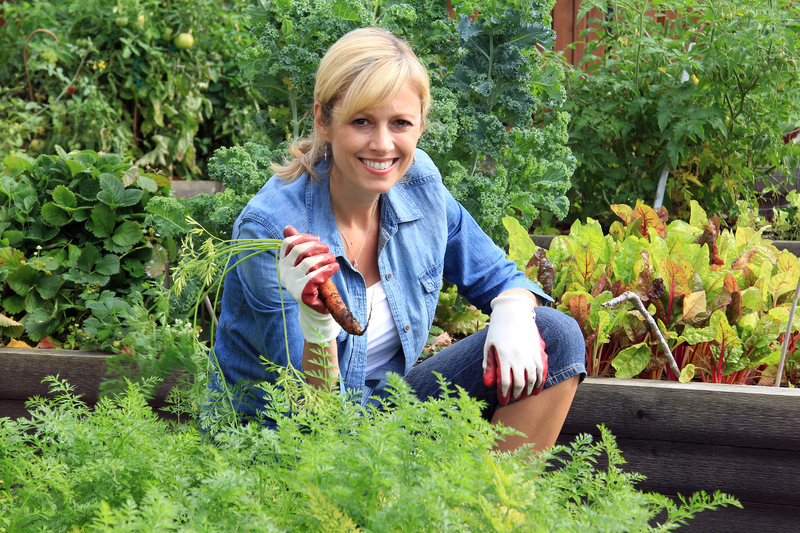Did you know that your plants need nitrogen? Obviously, they need four other things as well: soil, air, sunlight, and water, but they also need plenty of nitrogen. This element is found in the air, as well as the soil. The nitrogen in the air doesn’t really help plants at all. In order for them to absorb it, the element must be in their soil. It occurs there naturally, but over time, especially if you use containers or grow bags for your plants, the nitrogen will begin to get used up. The end results are plants that don’t really thrive. They’ll begin to turn yellow and wilt. Thankfully, you can correct this deficiency.
Know The Signs
When your plants need more nitrogen, they’ll let you know. They’ll stop growing. Their leaves will begin to wilt and turn yellow. They just won’t look healthy anymore. Although all of those could be signs of other problems, such as not watering, overwatering, or keeping them in containers that are too small, if the plant is otherwise healthy and being taken care of properly, then the main problem is a lack of nitrogen. The sooner you add this element to the soil, the faster your plant will spring back to health.
Test Your Soil
Another thing that you can – and should – do is test your soil. There are soil testing kits that are commercially available. Some just involve scooping some soil into a tester and following the instructions. They’ll tell you the results right away. However, if you want something a bit a more accurate, you can purchase a kit, scoop up some soil from around your plants, and then send it out to be tested. There’s usually a self-addressed stamped envelope in those kits. It will take a few weeks, but you’ll get the results either emailed to mailed to you. These types of tests are best done early in the growing season. If you wait until your plants are in danger to do them, then it might be too late by the time the results come in.
This Backyard Miracle Farm Will Change Our World Forever>>>
Add More Nitrogen Naturally
There are several ways to add nitrogen to your soil without having to resort to the use of chemical fertilizers. For example, you could add some old coffee grounds to the soil. They contain plenty of nitrogen. Although it will take some time for them to produce as much nitrogen as your plants need, it will work. You just have to be patient. In some cases, these slow-release methods are preferred to the quick ones.
Adding compost to the soil is another option. Compost contains plenty of nitrogen. Like coffee grounds, its effects take time, but it does work, especially if it contains manure. (Yes, it’s a bit smelly, but your plants will really like it.) In addition to those two methods, you can also plant crops like peas and beans that will add nitrogen to the soil. They just naturally provide this element as they grow.
Use Fertilizer
Standard (read: chemical) fertilizers tend to have some sort of nitrogen in them. Look for initials NPK on the package, and pay close attention to that first number. It’s the one that tells you just how much nitrogen is present. Balanced fertilizers will help the health of your plants, but those with a large amount of nitrogen in them will provide the right kind of benefits much faster. With that said, the nitrogen will leach away quickly and you’ll end up having to use more sooner rather than later. No matter what, your plants will improve.


